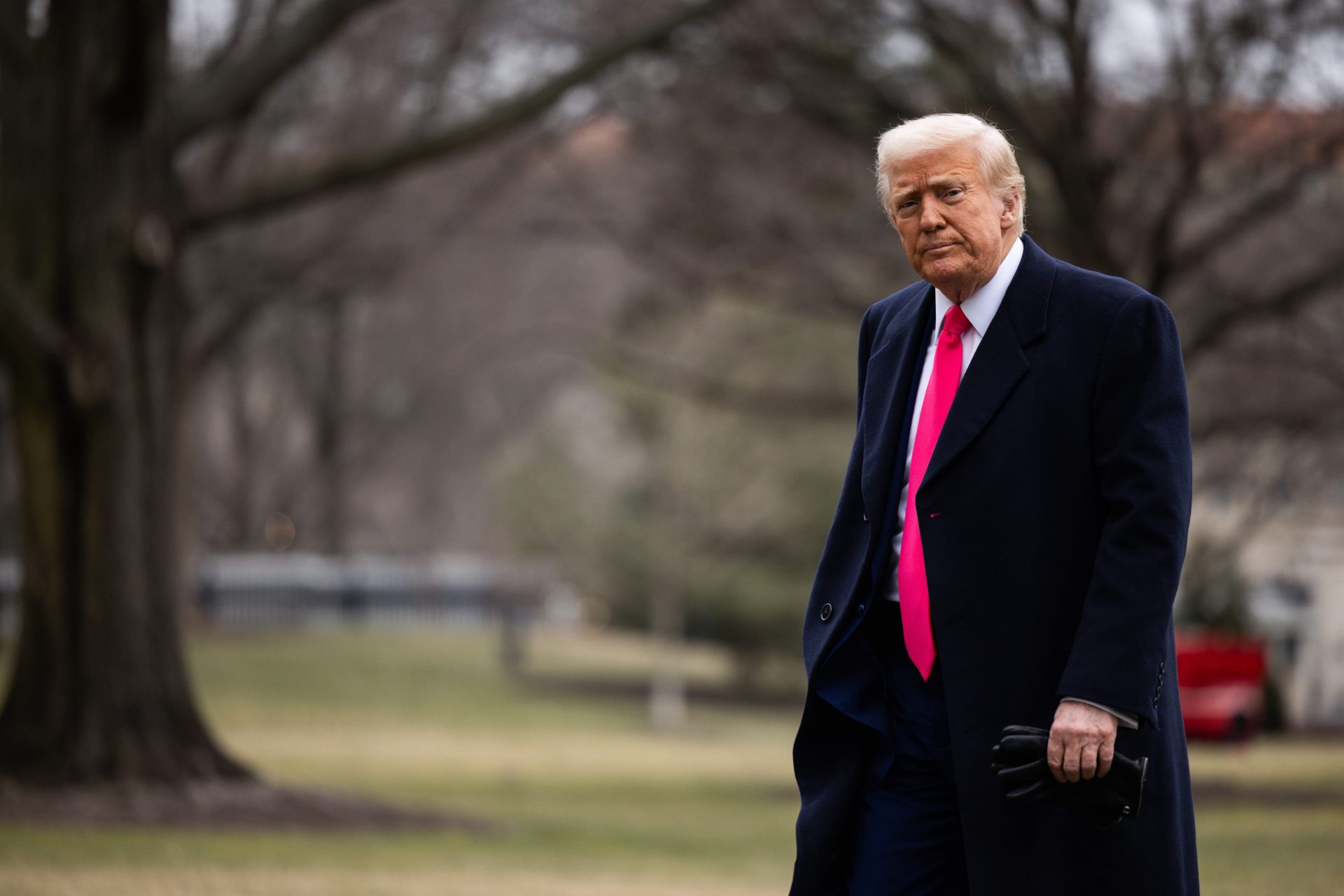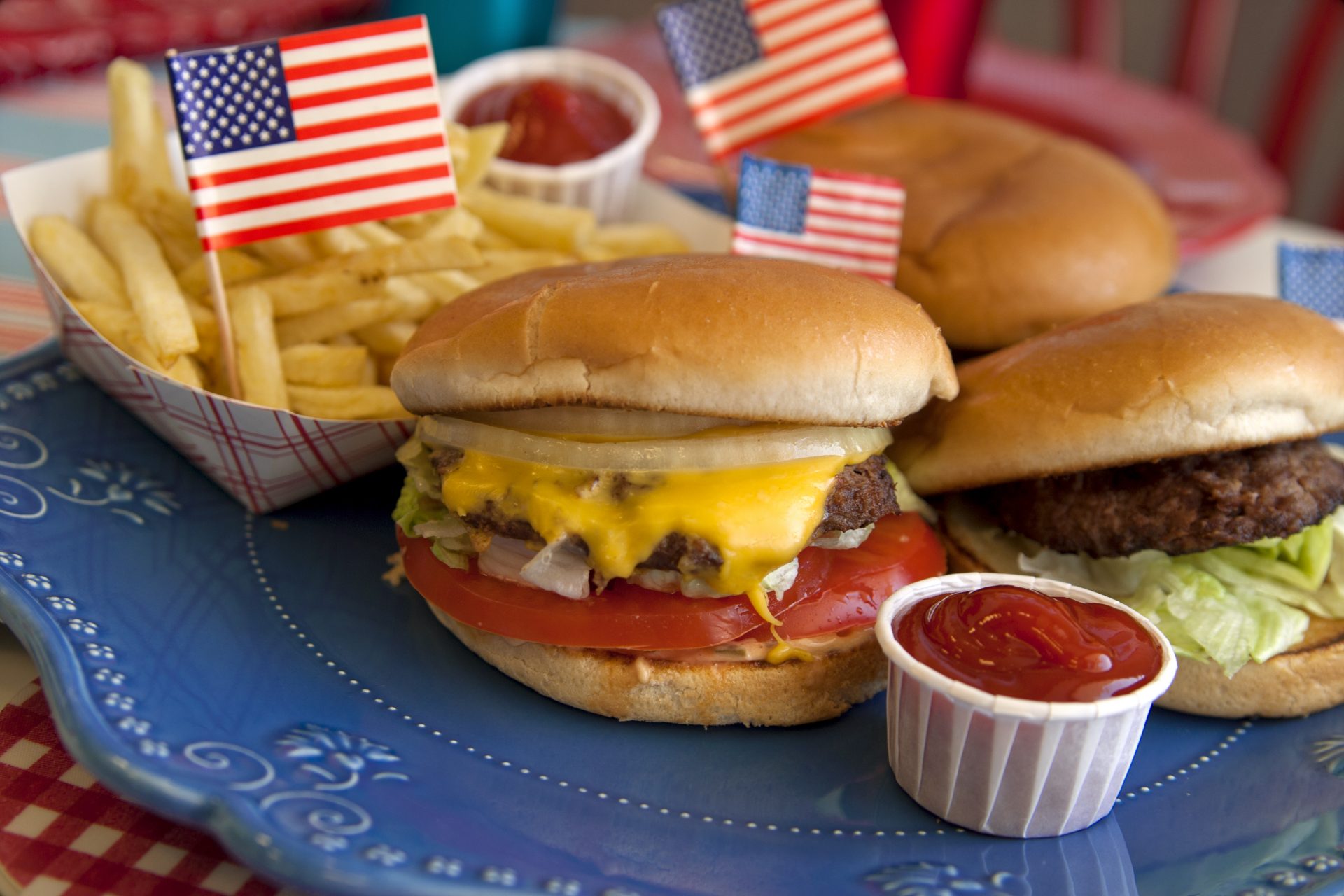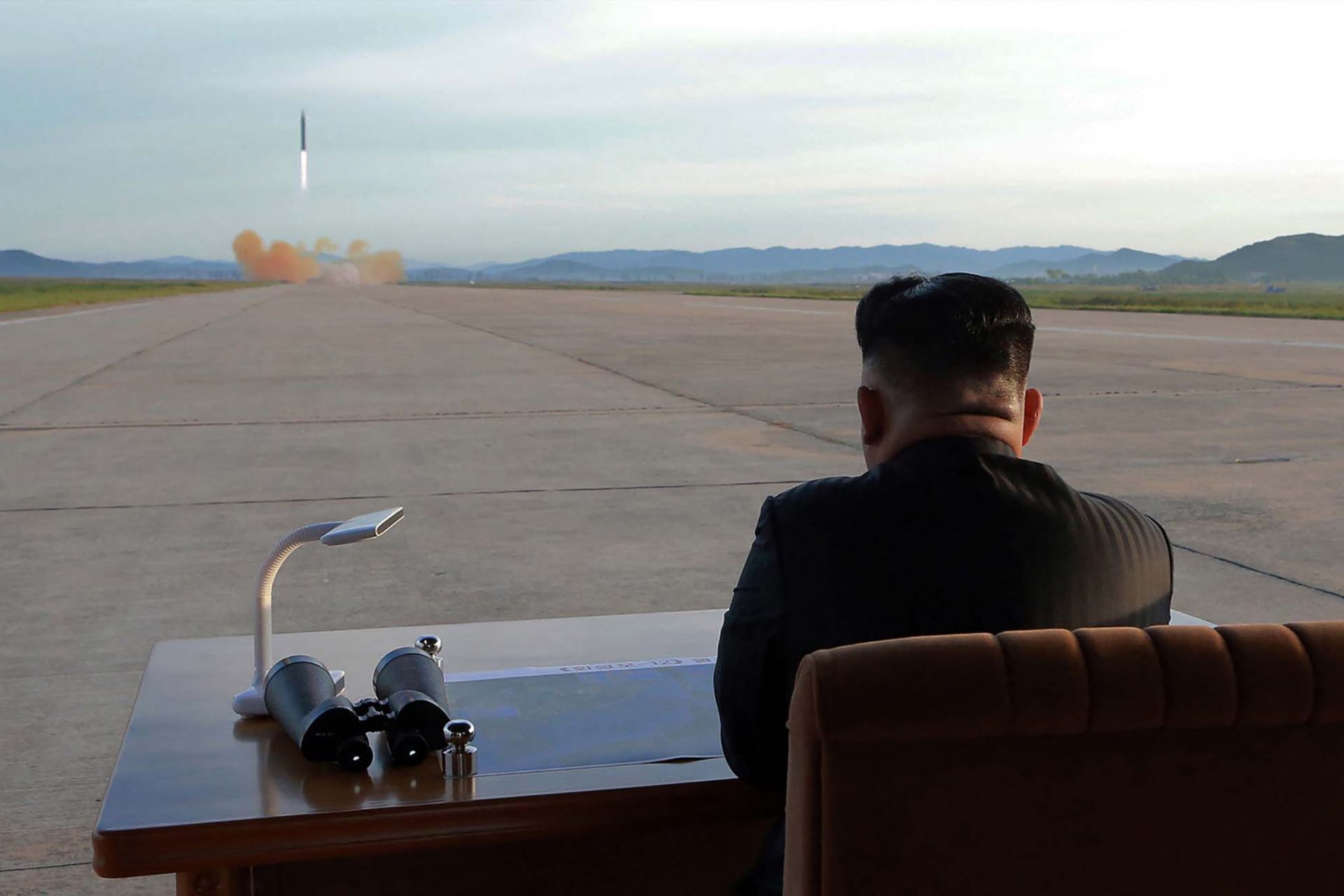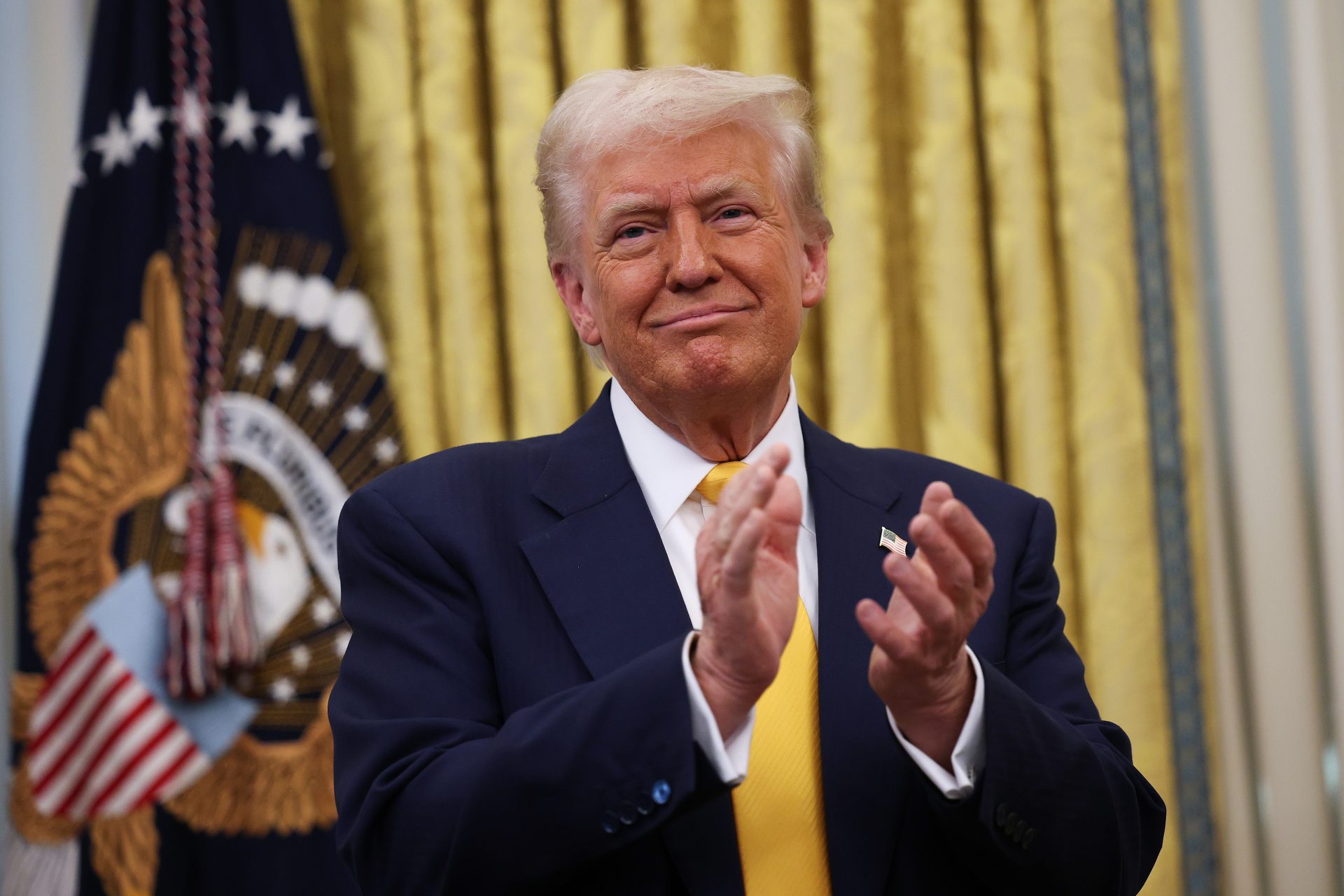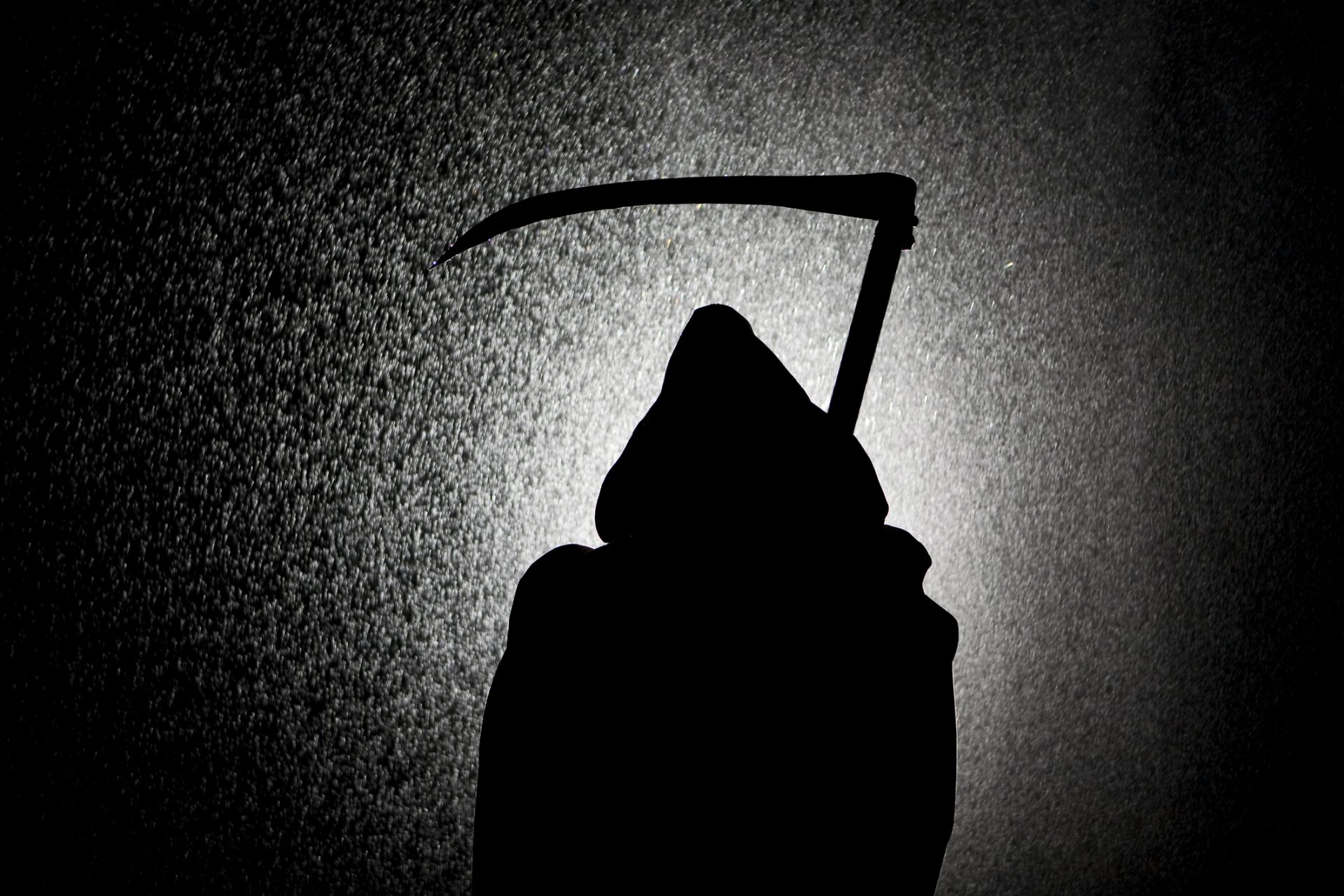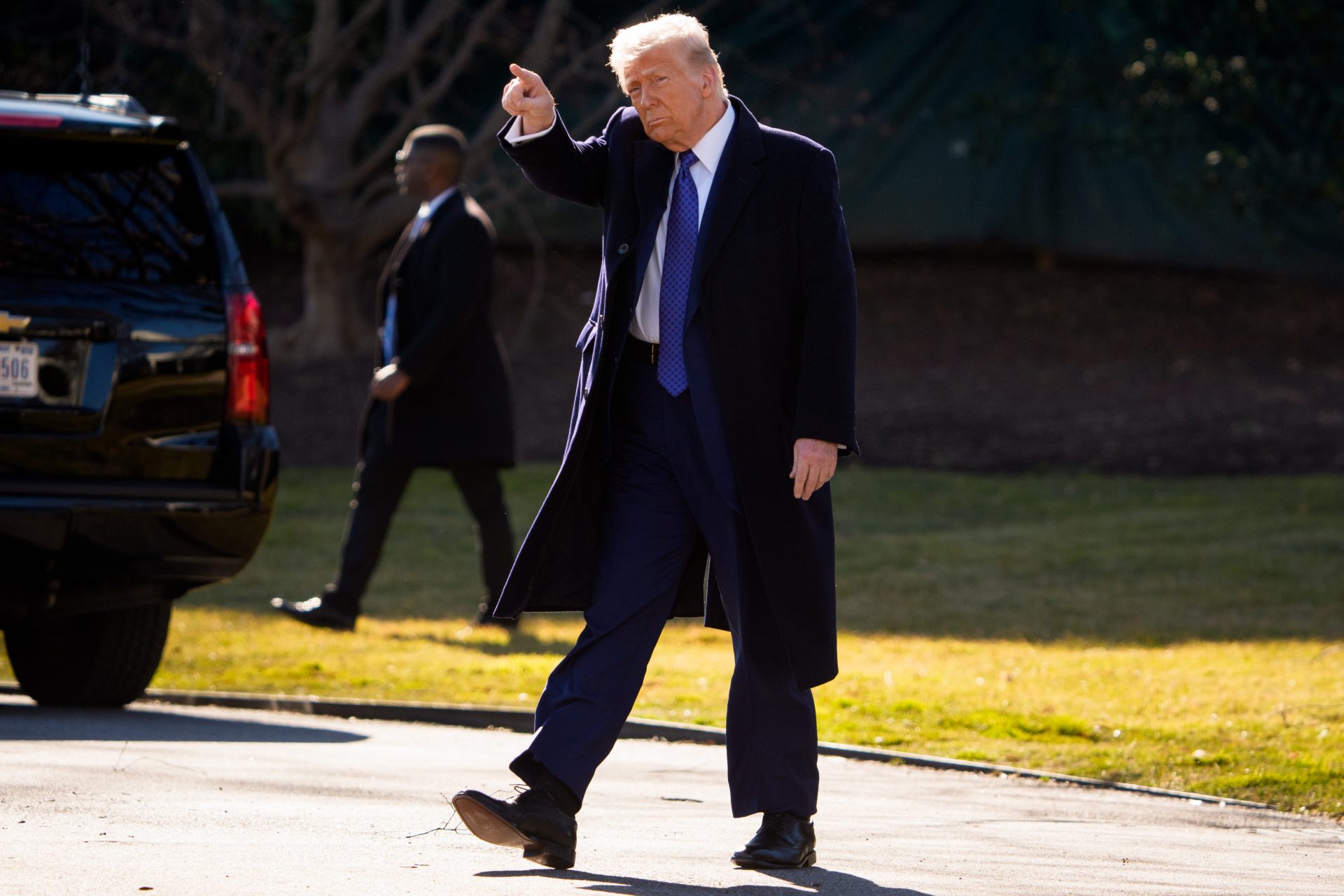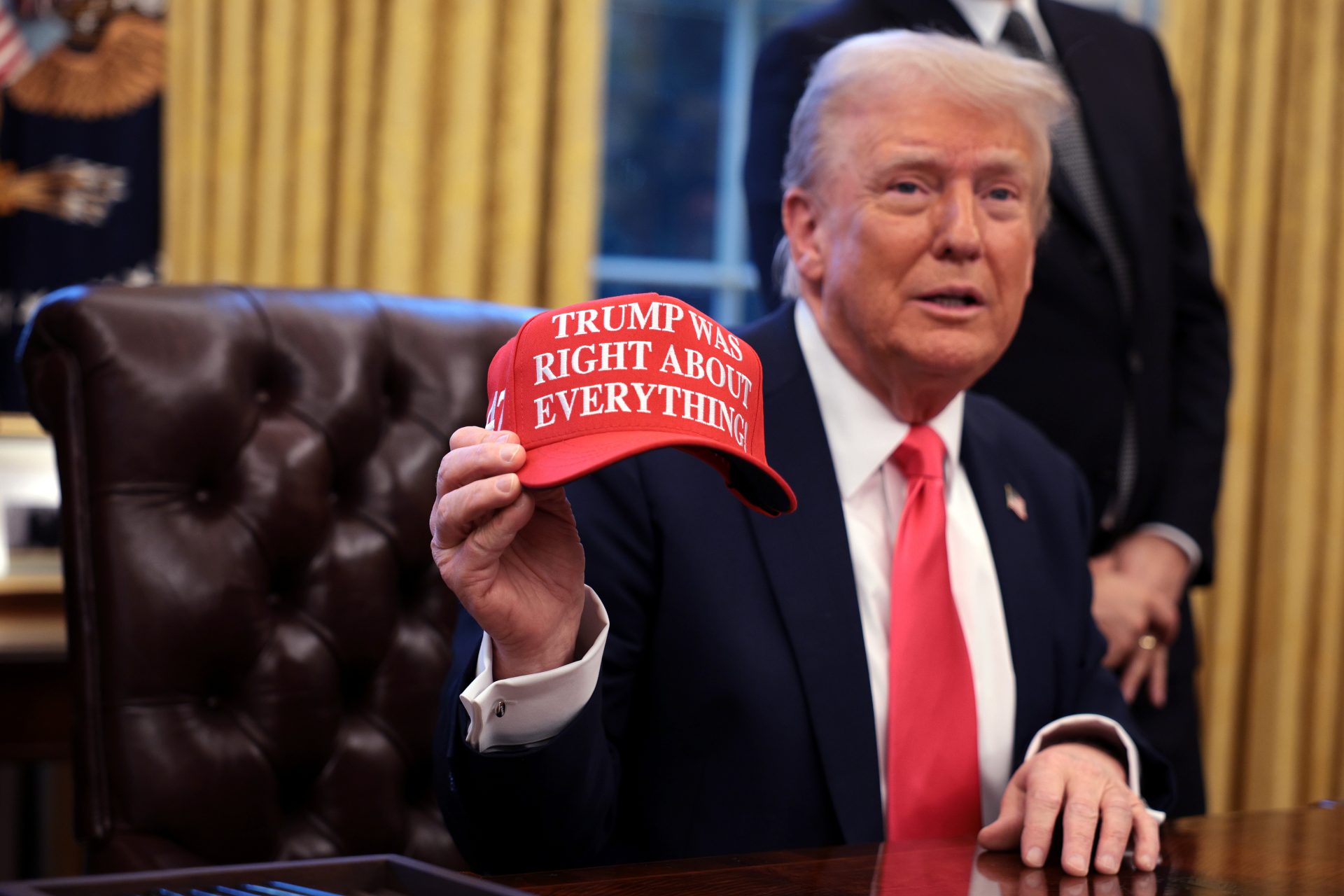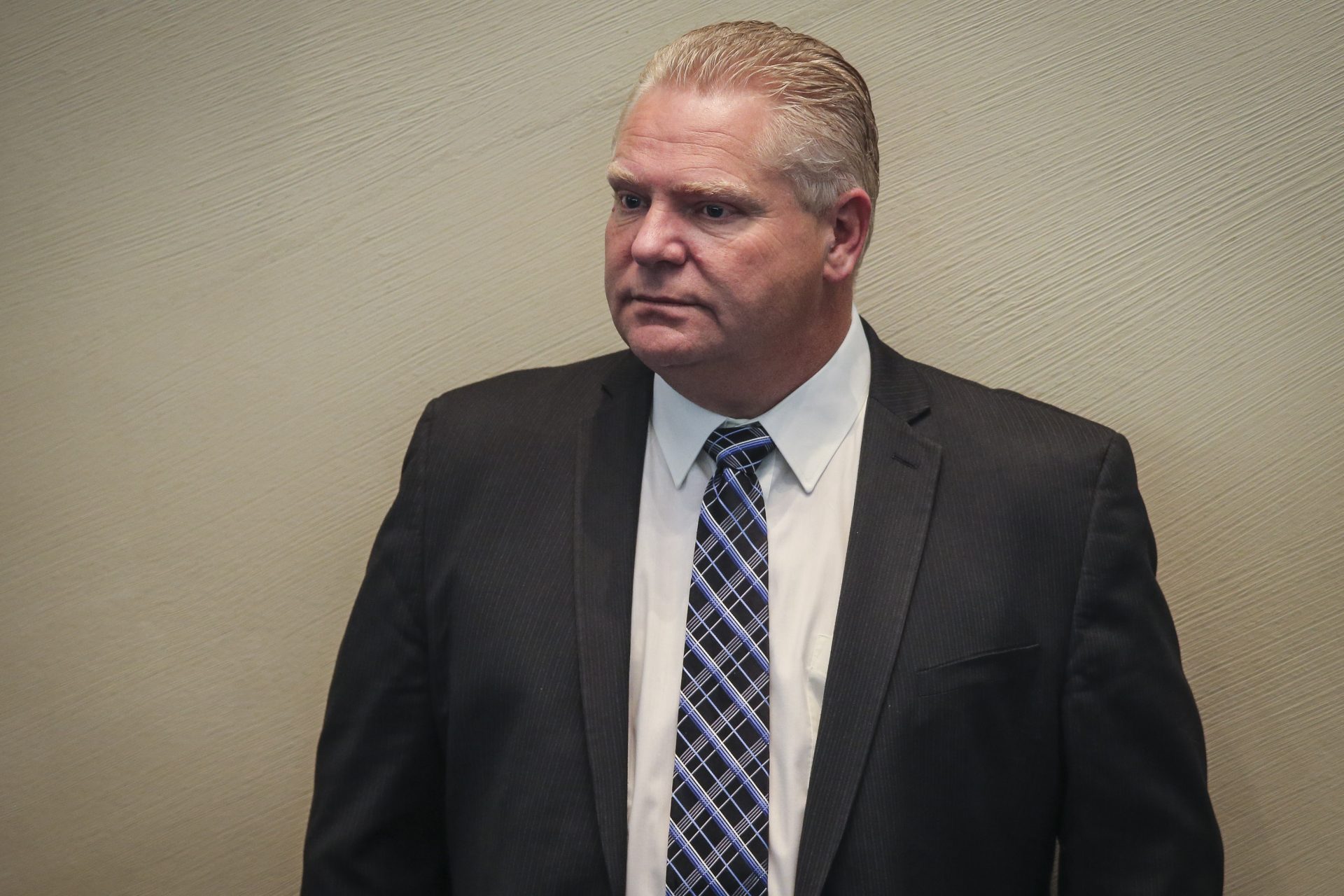Matteo Messina Denaro: The most ruthless mafia boss of all time?
On January 16, 2023 it was announced that the most notorious mafia boss, Matteo Messina Denaro, had been arrested by the Italian police. He had been on the run for over 30 years and thus earning his nickname of 'Diabolik'. Bringing him to justice is a major achievement in the fight against organized crime in Italy.
After the arrests of Bernardo Provenzano in April 2006 and of Salvatore Lo Piccolo in November of the following year, Matteo Medina Denaro had become the most wanted person by the Italian authorities. But who are the other mafia bosses, the "godfathers" who are behind some of the most heinous crimes in Italian history (and beyond)?
Matteo Messina Denaro's arrest comes the day after an important anniversary for law enforcement agencies: the anniversary of the arrest of the notorious boss Salvatore Totò Riina, the so-called "boss of bosses", considered the worst mafioso in history.
Riina was responsible, among other things, for the assassination of the Chief of Police Carlo Alberto Dalla Chiesa (1982) and the massacres of Capaci (May 1992) and Via d'Amelio (July 1992) in which judges Falcone and Borsellino lost their lives. He was on the run for 24 years.
Giuseppe Lucchese, Totò Riina's right-hand man, was one of the most dangerous characters in Cosa Nostra. He is blamed for more than 50 murders by several informants. Traces of the murder of Salvo Lima, the politician and former mayor of Palermo who was murdered in 1992, also lead to him.
He was sentenced to life imprisonment at the 1998 trial and is being held in a maximum security prison. He is also responsible for the so-called "massacre of the women of Bagheria", in which the women of the family of Francesco Marino Mannoia (pictured), the traitor whose testimonies led to his arrest, were killed.
Salvatore Lo Piccolo, a mafia boss on the run for 25 years and allegedly linked to Messina Denaro, was considered the figure to whom all mafia families in northern Italy were subject.
He was arrested in 2007 and among the documents that investigators seized was a kind of "Book of the Perfect Mafioso" with the rules for belonging to Cosa Nostra.
They called him "Binnu u' Tratturi (Bernardo the Tractor)" to emphasize his stubbornness and strength. The head of the Corleoneose family, who was caught in 2006 after 43 years on the run.
He was blamed for major massacres and the deaths of judge Antonino Saetta (1988) and Deputy Attorney General of the Italian Supreme Court Antonino Scopelliti, among others. What gave him away was the messages he hid in items like grocery bags for his family members and associates. He died in prison in 2016.
Ten years before Provenzano's arrest, in 1996, another key Cosa Nostra boss was arrested: Giovanni Brusca.
After becoming an accomplice of the judiciary, he confessed to ordering or carrying out more than 150 murders, some very gruesome, such as that of an 11-year-old boy dissolved in acid.
The mafia leader from Cinisi (Palermo) was one of the most powerful representatives of Cosa Nostra, who was convicted in the USA in 1987 as part of the investigation called "Pizza Connection".
In fact, Badalamenti operated an international drug trafficking organization between Palermo and the United States in the back rooms of Italian pizzerias in the United States. Linked to it is, among others, the death of Peppino Impastato (1978), anti-mafia activist and son of a local mafia member who denounced the activities of the Badalamenti family on Radio Aut.
Photo by Unknown author - CentroImpastato.it, Public Domain, https://commons.wikimedia.org/w/index.php?curid=20473471
A native of Castellammare del Golfo (Trapani), Joe Bonanno was the youngest mafioso to become boss: he was only 26 years old.
Bonano is remembered for introducing the "double coffin" method of hiding his victims among the "rightful owners" of each coffin.
Photo by- About News - Mafia Mug Shots, Dominio público, https://commons.wikimedia.org/w/index.php?curid=51082729
Antonino Marchese, known as one of the fiercest mafiosi, never admitted that he belonged to Cosa Nostra.
In the photo: a picture of the bunkered courtroom where the trial of Marchese and 459 others accused of mafia crimes took place.
From Unknown - Unknown, Public domain, https://commons.wikimedia.org/w/index.php?curid=56594596
Nonetheless, in the Palermo Maxi trial he was held responsible for some of the most gruesome murders in history, including the murder of one of his prison comrades, who was killed with a steak knife.
Carlo Gambino is the founder of one of New York's most powerful mafia families from the early 1900s, the Gambino family.
Gambino was such an old-fashioned guy that he inspired the Vito Corleone in Francis Ford Coppola's film 'The Godfather'. He died of a heart attack in front of the TV while watching a baseball game.
The Gambino family included John Gotti, the New York boss. He was never convicted for the many deaths he caused until one of his own people betrayed him.
Gotti was found guilty of the 1992 murder of his predecessor, Paul Castellano. A 1986 Time Magazine cover designed by Andy Warhol is dedicated to him.
One of the first Sicilian bosses to 'discover' America was Vito Cascio Ferro. Among other things, he was responsible for one of the most macabre crimes in history, the so-called 'keg crime': his victim was a forger guilty of wanting to do business in his territory, and he was literally torn to pieces and placed in a keg.
Photo: United States Treasury Department, public domain, via Wikimedia Commons
Proclaimed innocent no less than 69 times, on the 70th time he was sentenced to life imprisonment. He died in prison in Naples in 1943, forgotten and abandoned to misery during the city's evacuation during World War II.
Photo by Unknown author - [1], Public Domain, https://commons.wikimedia.org/w/index.php?curid=121805673
So present in the collective imagination that he seems like a fictional character, Lucky Luciano, born Salvatore Lucania, really existed.
As head of the Genovese family, he was sentenced to 50 years in prison, of which he served only 10, after the assassination of his rival Joe Masseria (he is said to have worked with the Americans in the Allied landings in Sicily). Time Magazine included him in its list of the 20 Most Influential Men of the 20th Century.
Originally from the Sicilian province of Trapani, Giuseppe Masseria at the age of 43 became the head of the Morello clan, which was vying for control of the illegal market in New York.
He was the intended victim of boss Lucky Luciano, who controlled the mafia families in New York in 1931.
If Lucky Luciano seems to belong to the world of cinema, then what about Al Capone, the man who became the symbol of the mafia in America? The son of immigrants, Al was born in Brooklyn in 1899, but because of his activities in Chicago he was declared "Public Enemy No. 1" by American authorities.
He was never arrested for his crimes but was convicted of tax evasion. If you're looking for another movie reference, then there's also Scarface, the nickname he earned due to a scar on his temple that was inflicted with a knife during a fight for his sister's honor.
However, if there is one mafia boss who, despite his atrocities, managed to spend just one night in prison, it is Tony Accardo, known as Big Tuna, who had been active in Chicago since 1947.
A trivial example of his cruelty was his revenge on four thieves who robbed his house: they were found days after the crime with their necks severed.
Hisayuki Machii, was the boss of the Yakuza, the Japanese mafia that dominated the Japanese criminal scene for more than 50 years, and he never spent a single year in prison.
Image: http://www.7netshopping.jp/books/detail/-/accd/1102671804/subno/1, Fair use, https://en.wikipedia.org/w/index.php?curid=32664682
The term 'Cosa Nostra' was first used by Joe Valachi, history's first great traitor and the person who made it possible to reconstruct the internal structure of the mafia and how it worked.
He tried unsuccessfully to take his own life, only to die of cardiac arrest. He served as inspiration for the character of Frank Pentangeli in the film 'The Godfather: Part II' by Francis Ford Coppola.
Born Francesco Castiglia, Frank Costello was a key member and gangster of the Italian-American mafia in the United States and became the boss of the Luciano family, later known as the Genovese.
The deaths that this boss ordered during his reign made him so unpopular with many people that he was the victim of an assassination attempt in 1957, which was foiled. His nickname 'Prime Minister' and his strong influence on the politics of the time are also well known.
Still alive and on the run is Indian mafia boss Dawood Ibrahim, who was involved in the two massacres that shook Mumbai in 1993 and 2008. He is believed to have sought refuge in Pakistan, but authorities there deny this.
Image: He's the person in the middle, wearing a yellow jersey
Pablo Emilio Escobar Gaviria, or simply known as Pablo Escobar, was one of the most notorious human traffickers of all time and one of the most bloodthirsty mafiosi in history.
In the photo: The boss with his wife, Maria Victoria
Escobar was responsible, among other things, for the deaths of three presidential candidates in Colombia, two ministers and over 200 judges.
More for you
Top Stories











































